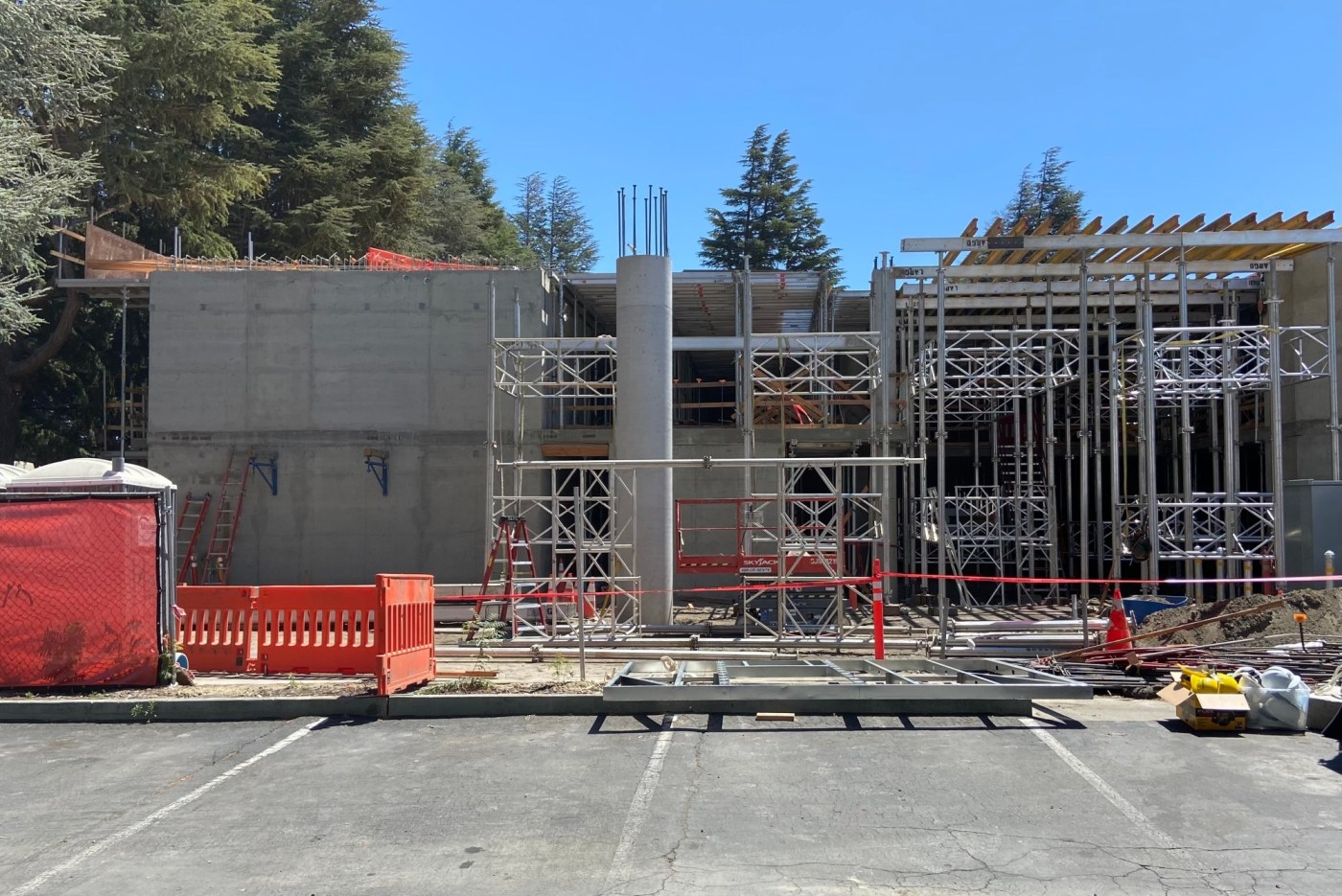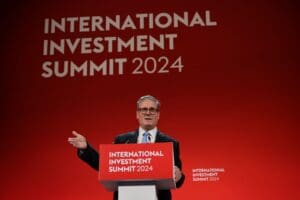
Q&A: Why America’s housing shortage is so hard to fix
Many Americans agree there’s a housing crisis — and it’s radically different from the last one.
Zona Chief Economist Ali Wolf (Courtesy: Zonda)
Instead of the values of homes dropping too fast, as they did during the foreclosure debacle starting in 2007, they’ve stayed stubbornly high — locking many would-be buyers out of the market, raising rents and adding to anxiety about the cost of living.
Both presidential candidates have promised to improve housing affordability, with Democrat Kamala Harris making it a key part of her economic pitch.
But fixing a problem more than a decade in the making won’t be easy, says Ali Wolf, chief economist for Zonda, which collects data on homebuilding.
This conversation with Bloomberg Television’s Sonali Basak has been edited for clarity and length.
SONALI BASAK: Would you call this a housing crisis?
ALI WOLF: We have one of the worst housing affordability crises we’ve ever seen in the nation’s history. If you look at home prices, we are at an all-time high today. Millions of Americans tell us they want to own a home. They just can’t get to a point where they can afford one.
SB: What brought us here?
AW: It’s kind of two big stories. The first would be the great financial crisis, which really broke the housing market. We started to get into a more healthy environment in 2018 and 2019. I would say the pandemic broke the housing market again. A lot of people have locked in low interest rates when they were available, and that’s now keeping supply really limited. There’s a massive supply and demand imbalance.
SB: Who does this affect the most?
AW: Surprisingly, the middle market and the high-end market are still holding up. There’s still a reasonable amount of sales because those purchasers have some form of wealth allowing them to still be active, whether that’s through the stock market, home equity, retirement savings, just saving over time.
So we’re not as concerned in general with the baby boomers or the Gen Xers. The group we’re most concerned about will be the millennials who have not already purchased. Millennials who are renting and the Gen Z cohort where the majority of them will be renters today just given their age.
SB: What do you make of Kamala Harris’ promise to bring 3 million new homes to the market?
AW: Her plan is to add an additional 3 million beyond what builders were already planning to build. And the first thing I would say is it’s well intended. It’s a nice idea. But for builders, if they could build more homes, generally they would do it.
We know there are so many limitations to being able to reach that goal. Harris is looking at, OK, maybe we can remove some regulation. We heard the same thing from Donald Trump — maybe we can open up some federal land. But if you think about housing and how actual new communities are built, they are built on a local level. It’s going to be based on what the local cities deem to be appropriate, what the zoning laws are, what the local land-use regulation is, and will the neighbors support new development. So there can be this push to lower some of the regulatory barriers, but ultimately it does become a local story.
SB: What happens when people try to increase supply at a local level?
AW: Many of the plots of land where people want to live have already been built on. But let’s say a builder and developer find the land. The builder is going to have to go to the city. They’re going to have to pitch the idea. The city is going to have to approve it, check if it meets their local zoning requirements. The city may give them certain requirements, architectural designs, lot sizes. And once they get that broad approval, they often then have to go out to residents. And the residents will say, “Well, I don’t want to build those homes, because those homes are small and they’ll bring down my home value.” Or: “More people coming into the area increases congestion. I just don’t want it built.” So there are so many hurdles at each of those different layers.
SB: There’s a growing movement to lower these barriers called Yimby—or “yes, in my backyard.”
AW: Yeah. For so long it’s been “not in my backyard.” And now I think some of the different generations—maybe it’s a baby boomer who already owns a home and didn’t want to see new development—realizing that, one, this will impact economic activity. Two, this will impact wealth building. And three, this directly impacts my children. It’s not just an issue of “Oh, those people can’t afford a home.” A lot of people can see this in their own families. And I think that’s encouraging the Yimby movement.
SB: Is there a shift in the way cities are handling this?
AW: Look at somewhere like Minneapolis. They removed some of their single-family zoning laws, and we pulled data recently that captured a pretty notable increase in new-townhome construction in those areas. So generally, if you see a policy shift — and if it has been well thought through — the builders and developers can make the deals make sense.
SB: Over the last several years as this affordability crisis has deepened, how have the politics changed around it?
AW: There is just a little bit more acceptance and discussion of housing. I’m involved in a meeting every month with the White House to talk about what is happening with housing trends. I think there’s this interest to want to know what is going on.
SB: Part of the Harris plan is to provide up to $25,000 in downpayment support to first-time homebuyers. How realistic is that?
AW: This is such an interesting point, because there have been different points in time where we’ve had first-time-buyer tax credits. In general, history tells you they’re successful in at least getting some consumers over the finish line able to purchase a home. So when you think about today’s dynamic, you’ll probably read that a lot of people will say, “If Harris comes into office and if she passes this $25,000 credit, all that’s going to do is juice up the market. It’s going to push prices up. This is a bad policy decision.” I would say oftentimes I would agree. In an environment where you have too little supply and you’re trying to increase demand, that becomes a challenge.
What’s happening in today’s market, though, is in the entry level. I wouldn’t say there is too much demand. There’s a lot of interest. There are a lot of people who want to buy homes. But like we talked about with affordability, there’s a lot of people who can’t make it work. And so I think that actually providing a demand-side stimulus at the same time as they’re thinking about providing the supply-side stimulus could be very helpful.
SB: Former President Donald Trump spoke to the Economic Club of New York in September, and he spoke to this idea of reducing regulations and opening federal land for large-scale construction. Can he do that easily at least?
AW: You then have to ask yourself, “Where is that federal land? Where is that relative to an employment center? Where is that relative to where people want to live? And how is the land-use regulation for that?” So you could open up the land, but then you still have to have the city decide what is the best use of this land. It’s a very good idea in theory. But once you run through the practical abilities of all of this, I’m not sure it’s really going to be the game changer we would hope it to be.
Part of the Trump plan is to also deport some people who are in the US. The argument is we have immigrants who are here and they’re increasing housing demand. But if you look at one of the biggest issues in the housing market, it’s what’s happening on the labor supply. And we can assume at least some of those workers have come into the construction industry.
SB: Is housing becoming the new health care, where there needs to be more discussion around the price of homes in terms of what the government can do to help?
AW: I would say not yet. Supply imbalance looks so bad today because the resale market is still locked up. If you look at resale inventory, we’re still down compared with pre-pandemic in 2019. But we find the dynamics are changing. We have an increase in resale listings compared with where we were last year. We have some investors who are now selling their homes. We have some people who are sick of putting their lives on hold. Over time, as long as builders keep building, and as long as there’s a little bit of an increase in mobility, I think the market can work itself out.
Basak is Bloomberg TV’s global financial correspondent.


